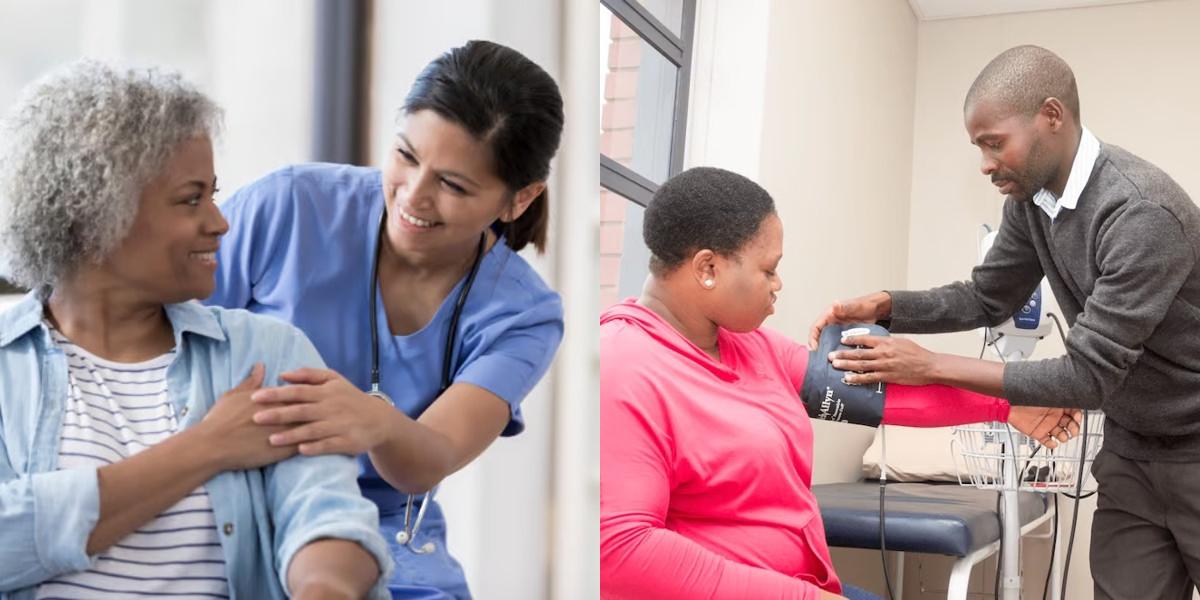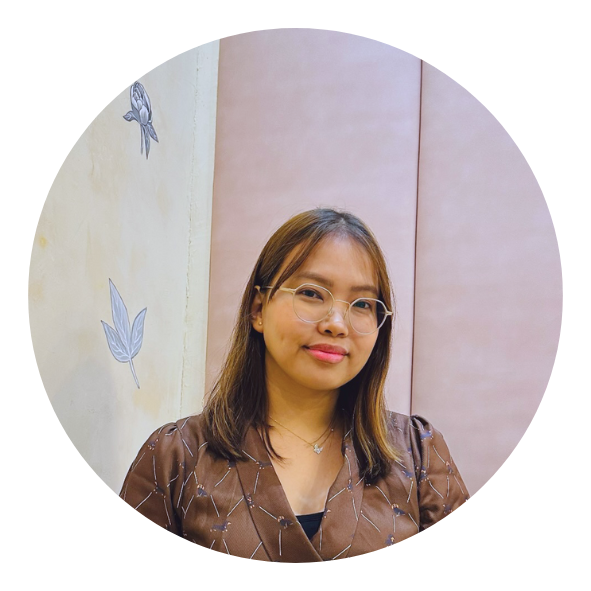Licensed Vocational Nurse vs Medical Assistant

Key Points:
- LVNs provide basic patient care, while Medical Assistants perform administrative and clinical tasks in healthcare settings.
- LVNs typically earn higher salaries than Medical Assistants, with median annual wages being higher for LVNs.
- LVNs require a state-approved nursing program, while Medical Assistants can complete a certificate or diploma program, often offered online or in-person.
- LVN training programs are generally longer and more expensive than Medical Assistant programs.
When it comes to pursuing a career in the healthcare industry, there are many options to choose from. Two popular choices are becoming a licensed vocational nurse (LVN) or a medical assistant (MA). While both professions involve providing care to patients, there are some key differences between the two. In this blog post, we will explore the roles and responsibilities of LVNs and MAs, as well as the education and training required for each. We will also compare their career outlook and salary potential. So, if you're considering a career in healthcare but aren't sure which path to take, keep reading to learn more about the differences between a licensed vocational nurse and a medical assistant.
Licensed Vocational Nurse vs Medical Assistant: Education and Training
Licensed Vocational Nurse (LVN)
To become an LVN, individuals must complete a vocational nursing program, which typically takes about one year to complete. These programs are offered by vocational schools, community colleges, and some hospitals. The curriculum includes classroom instruction as well as hands-on clinical training. After completing the program, graduates are eligible to take the NCLEX-PN exam to become licensed.
Medical Assistant (MA)
There are multiple pathways to become a medical assistant. Some individuals complete a one-year certificate program, while others pursue an associate degree in medical assisting, which typically takes about two years to complete. These programs are offered by community colleges and vocational schools. The curriculum includes both classroom instruction and hands-on clinical training. Certification is optional but can enhance job prospects. The Certified Medical Assistant (CMA) credential is offered by the American Association of Medical Assistants (AAMA), while the Registered Medical Assistant (RMA) credential is offered by the American Medical Technologists (AMT).
Licensed Vocational Nurse vs Medical Assistant: Career Outlook and Salary
Licensed Vocational Nurse (LVN)
According to the Bureau of Labor Statistics (BLS), the employment of licensed practical and licensed vocational nurses is projected to grow 9 percent from 2020 to 2030, faster than the average for all occupations. The demand for LVNs is driven by the aging population and the need for healthcare services. As of May 2020, the median annual wage for licensed practical and licensed vocational nurses was $48,820.
Medical Assistant (MA)
The employment of medical assistants is projected to grow 19 percent from 2020 to 2030, much faster than the average for all occupations, according to the BLS. The demand for MAs is also driven by the aging population and the need for healthcare services. As of May 2020, the median annual wage for medical assistants was $35,850.
Final Thoughts
Both licensed vocational nurses and medical assistants play important roles in the healthcare industry. While LVNs have a broader scope of practice and more opportunities for career advancement, MAs are versatile professionals who perform both administrative and clinical tasks. When deciding which career path to pursue, it's important to consider your interests, educational goals, and long-term career aspirations. Ultimately, both professions offer rewarding opportunities to make a positive impact on patients' lives.
Uncover the opportunities with Dreambound's programs, available in different locations. Dive into these two vocations by checking:

Stephanie Dayak is the go-to person for everything related to automation and integrations at Dreambound. As a Certified Tax Technician turned tech whiz, her sharp eye for detail and passion for efficiency become evident in every project she undertakes. When not solving tech puzzles, she's out exploring the local food scene, cozying up with her dogs, or plugged into a thought-provoking podcast. She's an ardent believer in mixing fun with functionality!




